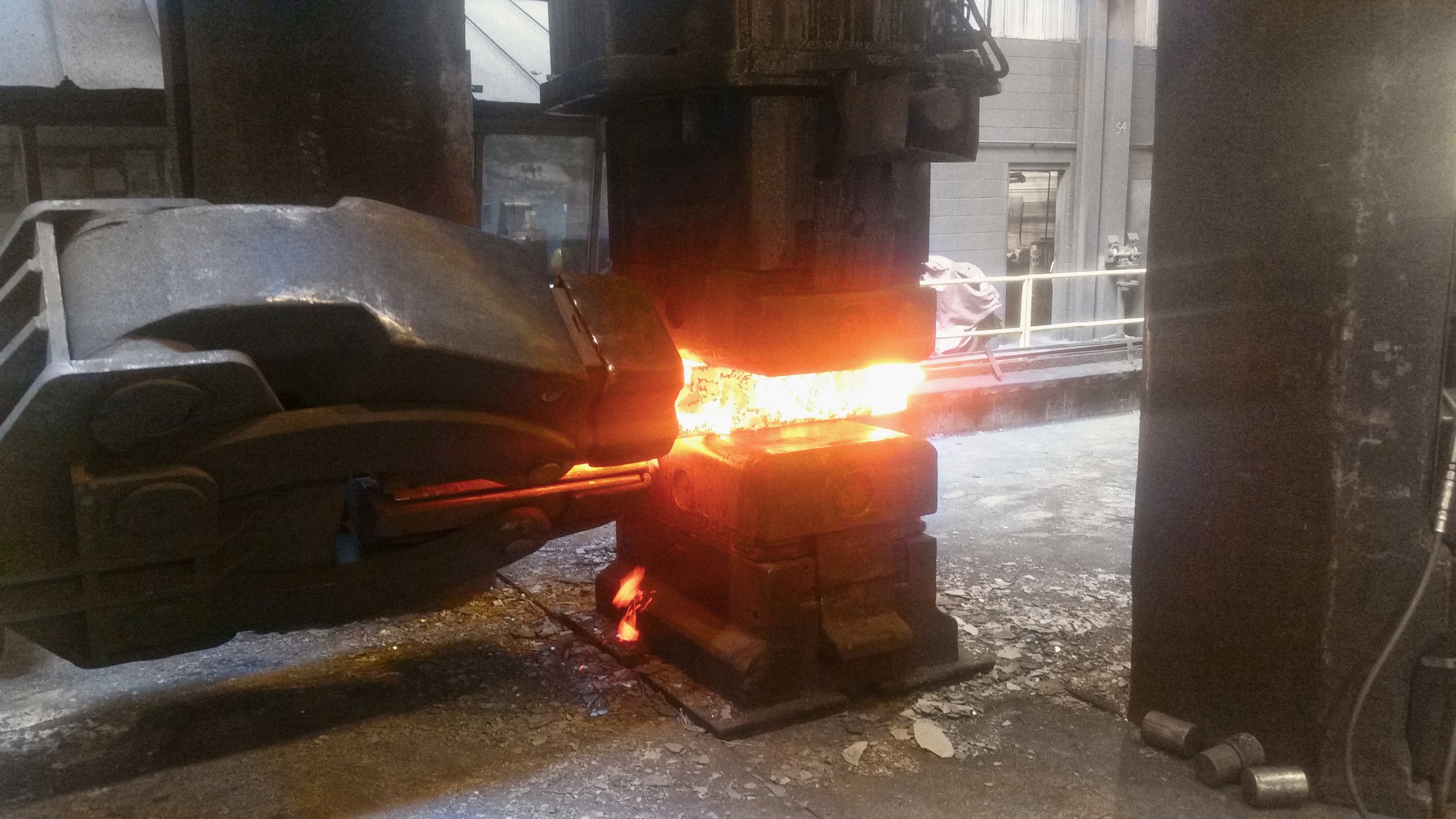Ancient, nameless suns are the origin of all visible matter. All form, any form I create, is a material continuation of these suns.
I see all forms as a material phase of the sun. As a sculptor, matter is an inseparable medium; any portion in your hand, as well as your hand itself, is the duration and reach of its universal ‘clay’.
— Excerpt from Christine Corday: Works Radius Books Publication 2023
PRACTICE
Work Studios
Christine Corday, a monumental installation and conceptual artist, engages a material practice with the evolving human scale of perception and fundamental forces. She works with temperature, pressure, and the material states of atomic elements, as well as creating new tools and materials through art-led collaborations with international scientists, architects, and engineers through natural and technological processes.
In 1999, Corday relocated her painting studio to immerse herself in diverse cultural histories and interpretations of art and artistry. In each location, she utilized anonymity to shed light, learn, and challenge definitions, aesthetics, and the cultural contribution of art and artists.
From her first studios in San Francisco, California, and Portland, Oregon, she moved her studio to Tokyo, Japan (1999–2000), then to Seville, Spain (2000–2004), and then to Greenpoint, Brooklyn, New York (2005–2008). In New York, Corday’s practice replaced paint with elemental plasmas—from room-temperature paint to elements heated to temperatures like the surface of the sun. After the debut exhibition of her first form, UNE, she moved to Hudson Valley, New York (2009–present) to be closer to the foundries and fabrication studio of Christopher Powers, the partnered fabricator for UNE. Later in 2010, Corday married Christopher, and they continue to collaborate on all her Protoist works, Abstract Constructs, and other series, including Foundation Civilization.
Sculptor Tools
In Corday's practice, temperature and pressure serve as the cosmological-scale tools that shape all material forms on Earth and in the universe. "The universe has sculptors tools, and as an artist, I use them..." (Domus, Venice Architecture Biennale). Corday collects and collaborates with space, geology, fusion, planet, material sciences, and technologies, exploring the range and further application of these tools.
Elements tooled with Temperature
Spacewalkers: -30° - 135° F
Pigmented Paint: 70° F
Sculpture: 98° - 10,000° F
Sculptor Tools: 2000° - 40,000° F
Material Support of Other Forms: -452.2° - 270,000,032° F
Elements tooled with Pressure
Spacewalkers: 14.1 - 14.7 psi
Pigmented Paint: 14.7 psi
Sculpture: 14.7 - 6,500,000 psi
Material Support of Other Forms: 0.000 001psi
Atomic Clay
All atomic elements from the periodic table are used as pigments in Corday’s studio practice. Elements currently used on her working palette: Hydrogen, Oxygen, Argon, Iron, Silicon, Sodium, Neon, Carbon, Manganese, Phosphorus, Zinc, Copper, Nickel. Chromium. Cobalt, Columblum, Molybdenum, Titanium, Tungsten, Vanadium, Lead, Aluminum, Lithium, Nitrogen, and Tin.
Corday considers this shared atomic clay as a medium to shape disciplines versus objects. Current practice disciplines of interest and collaboration: Art. Chemistry. Cosmology. Physics. Architecture. Engineering. Fabrication. Biology. Astrophysics. Botany. Anthropology. Neurology. Spectroscopy. Archeology. Economics. Photometry. Psychology. Geography. Mathematics. Molecular Physics. Systems Science. Geology. Organic Chemistry. Areology. Quantum Mechanics. Data Science. Asteroseismology. Information Technology. Mechanics. Electromagnetics. Thermodynamics. Kinetics. Helioseismology. Inorganic Chemistry. Nuclear Physics. Quantum Chemistry. Electrochemistry. Analytical Chemistry. Solar Physics. Heliophysics. Earth Sciences. Anatomy. Biochemistry. Neurobiology. Astrometry. Planetology. Exoplanetology. Astrogeology. Inorganic Chemistry. Marine Biology. Music Theory. Ecology. Palaeontology. Optics. Genetics. Exogeology. Planetary Geology. Astrobiology. Microbiology. Astrochemistry. Cell Biology. Ethology. Thermodynamics. Physical Chemistry,. Meteorology. Atmospheric Sciences Glaciology. Biophysics. Climatology. Astroecology. Acoustics. Volcanology. Structural Geology. Atomic Physics.
We are both inseparable sensory witnesses and participants in an elemental architecture and its multibillion-year-changing form.
— Excerpt from Christine Corday: 2002-2022 Radius Books Publication 2023





